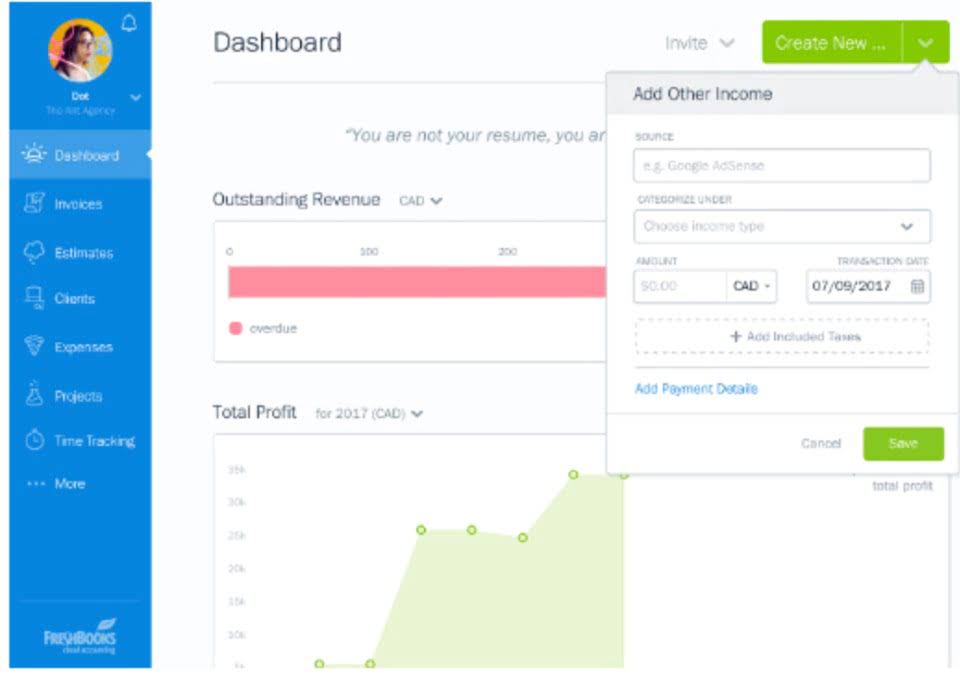Content

Errors may occur in the totaling of debit or credit sides of accounts in the Ledger or in the balancing of accounts in the Ledger. Because the balances of accounts are transferred to the Trial Balance, resulting in transferring wrong balances in the Trial Balance. A trial balance can be run each accounting period, each quarter, or annually, depending on your business needs. Most businesses will prepare an initial trial balance, which is reviewed to spot errors or inconsistencies. The trial balance is used to ensure that the ending total of all debits recorded in your general ledger equals the ending total of all credits that are recorded. The sum of all debit and credit balances are shown at the bottom of their respective columns. It is worth noting that the balances of the accounts are bought onto the trial balance.
- Divide the difference by 2 and see if the said figures appear on the correct side or not.
- The journal provides the information needed to transfer the debits and credits to the accounts in the ledger.
- An example would be an incorrect debit entry being offset by an equal credit entry.
- This assists in making adjustments only relevant to current accounting year.
- This column has data to be filled only in case of accounts with a credit balance.
The purpose of trial balance is to find errors and fix them so your accounting books are accurate. When you find the source of an issue and make changes to the account or numbers, you are left with an adjusted trial balance. Since the debit total of trial balance must equal to credit total of trial balance, this checks the arithmetical accuracy of ledger postings. If it is not balanced, it will make accountant to find and rectify the error. After preparing the trial balance, accountants feel relieved when the trial balance debit totals and credit totals match.
How to Prepare a Trial Balance in 5 Steps
To check the arithmetical accuracy of the recorded transactions. The accounts having debit-balance is written on the debit column and those having credit-balance are written on the credit column.
The above are the most common errors that occur due to which the trial balance does not balance. However, this is not an exhaustive list and there are a variety of other factors due to which the mismatch occurs. However, it should be noted that there may be other types of errors that do not affect the mathematical agreement of the trial balance, as follows. Double entry is an accounting term stating that every financial transaction has equal and opposite effects in at least two different accounts. Traditionally, the process for compiling financial statements was manually done.
To Facilitate the Preparation of Final Accounts
If instead of posting an amount on the debit side of an account, it is posted on the credit side, or vice versa, the Trial balance will not tally. The trial balance is a list of all the accounts and so it is easy to compare the trial balance of the current year with that of previous year. By doing so, a business entity can have a fair idea of how every account has performed and what decisions could be taken to improve the performance level. These kinds of errors are identified while preparing the trial balance and all these kinds of trial balance example errors could be rectified. The debit side and credit side amounts should be equal, as for every debit entry, there is a corresponding credit entry and for every credit entry, there is a corresponding debit entry. If you’re tired of tracking income and expenses using spreadsheet software, be sure to check out The Ascent’s accounting software reviews, and find an application that will work for you. While using accounting software drastically reduces the need for the trial balance report, these reports can still be useful in many ways.

For this reason, we say “the trial balance is a statement of ledger account balances”. A trial balance is a statement of ledger account balances within the Ledger, at a particular instance.
Preparing Final Accounts
A trial balance is a list of all the ledger account balances as of a certain date. The trial balance is used to determine if there are any errors in the bookkeeping process that need to be corrected.
It may even get into legal implications as disclosing false figures is a criminal offence. Therefore, businesses should be absolutely sure of their financial statements and its accuracy. Trial balance ensures that the account balances are accurately extracted from accounting ledgers. If the trial balance totals do not agree, you should try to find the error.
What is a trial balance in accounting?
It is a mere statement prepared by the accountants for his own convenience and if it agrees, it is assumed that at least arithmetical accuracy has been done although there may be a lot of https://www.bookstime.com/ errors. The trial balance is the first step toward recording and interesting your financial results. Preparing the trial balance perfectly ensures that the final accounts are error-free.
- The debit and credit columns of the trial balance have been totaled wrong.
- After posting the transactions to the accounting journals and summarizing them in the general ledger, a trial balance statement is prepared using the closing balance .
- Errors and fraud can still lurk in either column, despite the agreement in the totals.
- An income statement, which is a type of financial statement, shows whether a business is profitable.
- When you have entered all the information into your trial balance, you need to find the total for debits by adding up all the amounts in the debit column.
- Businesses prepare adjustment accounts generally at the end of accounting year.
